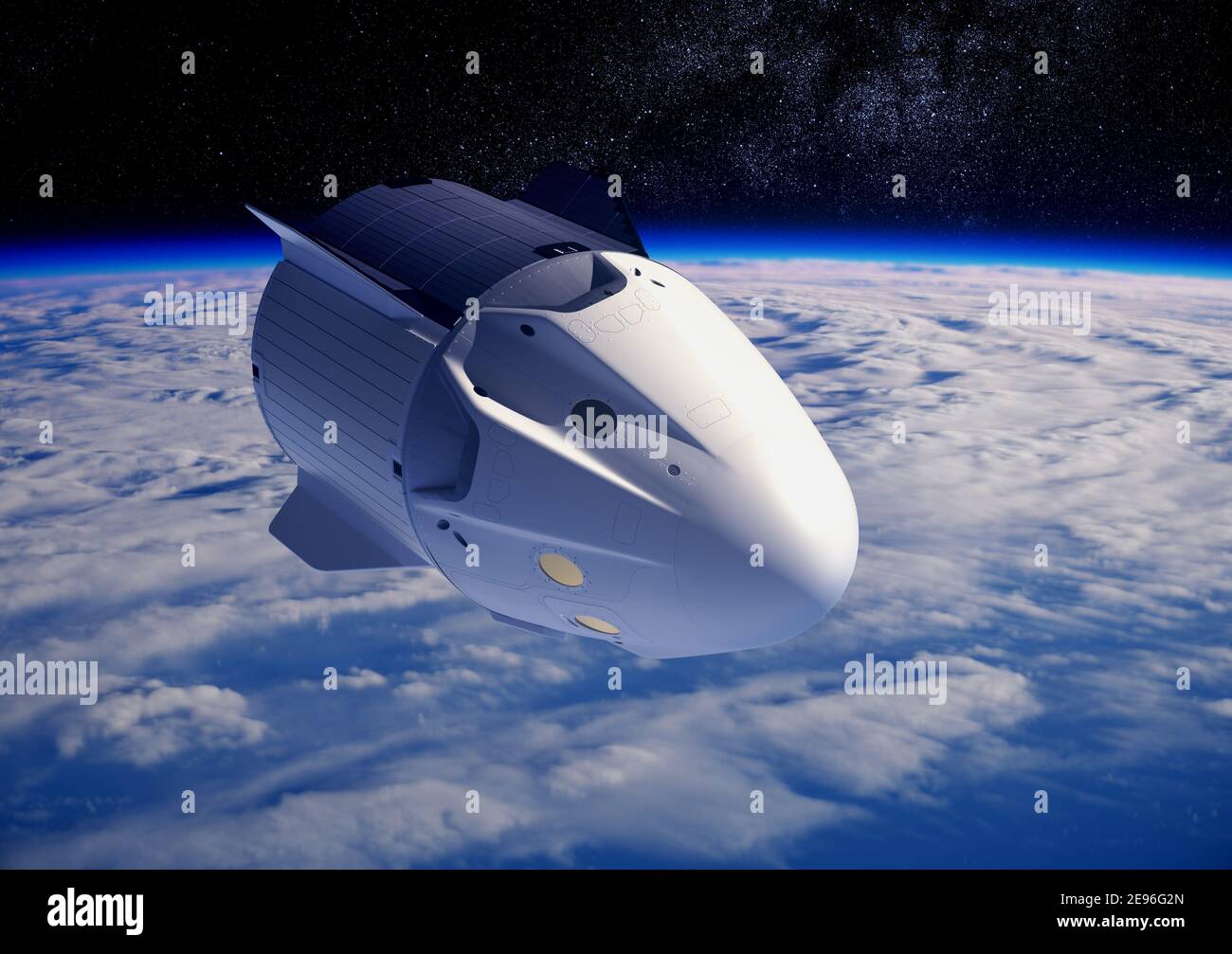

Polar orbits are used to map a planet – ESA’s Mars Express and Venus Express both have elliptical, polar orbits – or to observe specific effects relating to polar regions, such as Cluster observing the Sun-Earth interaction.Īn orbit that passes over the same part of Earth at the same local time each day is called Sun-synchronous. As the Earth rotates below the satellite, the satellite passes over a different region of the planet with each orbit. In a polar orbit, the spacecraft can be made to follow any line of longitude. These types of satellites are typically communications or weather satellites, for example ESA’s Meteosat family of weather satellites operate in geostationary orbit.Ī polar orbit is any orbit in which the spacecraft passes over the rotation poles of the planet. Geosynchronous satellites are not positioned over the equator or have an elliptical orbit and so appear to move across the sky. Geostationary satellites are those orbiting above the equator in a circular orbit – they appear to ‘hover’ in the sky over the same spot on the ground. This gas giant was the focal point for the Persistent Universe in Star Citizen Alpha 3.0, orbited by three landable moons and the starting point of Port Olisar. Thus, the satellite moves at the same speed as the Earth rotates. Stanton is the first available system for players to explore, and it contains the following points of interest.

#Ship orbiting planet spaceplan full
At this higher altitude it takes the satellite a full 24 hours to orbit the Earth. The International Space Station and the Hubble Space Telescope are both in LEO.Ī geostationary or geosynchronous orbit is located at an altitude of 36,000 km, and takes a lot more energy to reach than LEO. Spacecraft in these orbits circle our planet once every ninety minutes or so. A low-Earth orbit (LEO) is the lowest altitude a spacecraft must achieve to orbit the Earth – at least 160 km.


 0 kommentar(er)
0 kommentar(er)
